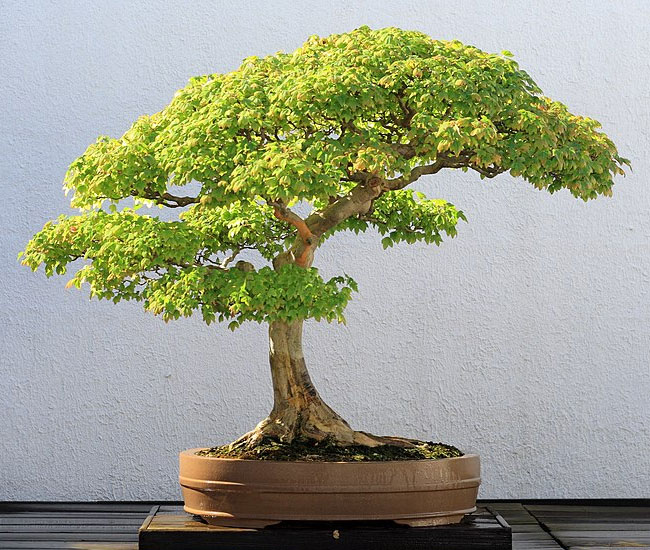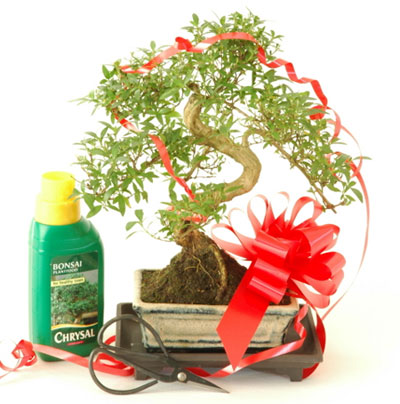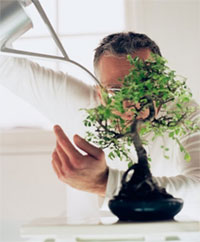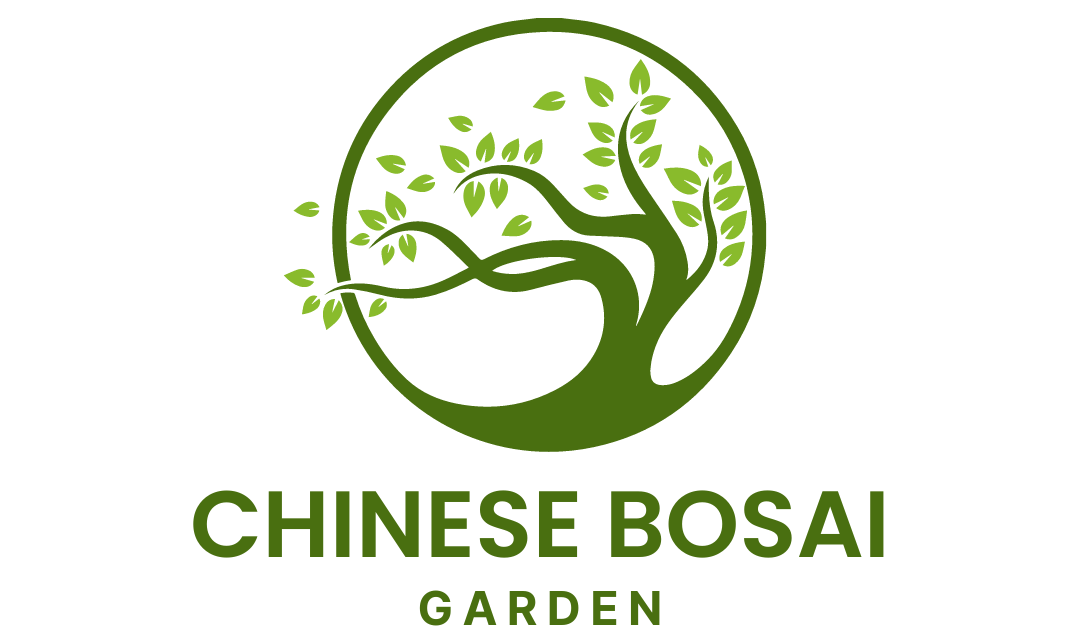
Bonsai can be overwhelming, especially for beginners. There are so many techniques, rules, and varieties of trees available today, that it is easy to get lost.
If you are new to bonsai and don’t know where to begin, start by learning how to keep your tree alive and take care of it. After learning the fundamentals of bonsai, you can try more difficult techniques.
Where to buy bonsai
Most beginners get their first bonsai from a shopping mall or a large home improvement store like Home Depot. Some get it as a gift, which was also probably purchased at the mall. Very few get it from a reputable bonsai nursery. I can’t even call those inexpensive plants a bonsai.
They are so cheap for a reason, very little energy or training was put into them. I can only call them “bonsai material”. Of course, with proper care and training, they could become a bonsai, but it is NOT a bonsai.

One of the most common misconceptions that beginners have is that bonsai is an indoor plant. Imagine digging up an Oak from the backyard and bringing it inside. Do you think it will survive? Of course NOT!
Bonsai is the same tree that is growing outside. It needs a change of seasons, a lot of light, and high/low humidity levels.
Outdoor bonsai trees are NOT going to receive the same amounts of light and humidity. During winter many trees go into dormancy, or you can compare this period with a deep sleep.
In that time, they gather all of their energy together preparing for spring. Do you know what will happen if you keep the tree in warmth instead of being in the cold? It will not go to sleep. Instead, it will start to decline and will eventually DIE.
Of course, there are some tropical and subtropical species that don’t like cold weather and will tolerate indoor conditions for a while, but even they need to be taken outdoors during warm months.
It is best to grow all of the bonsai outdoors. If you live in a warm climate and want to grow a deciduous tree that is used to cold winters, it presents a challenge. It would be much easier for you to choose a tropical tree that grows in your area. Here are some plants that are recommended for indoor bonsai.
Unfortunately, many dealers take advantage of the fact that most people think of a bonsai as an indoor plant. Since outdoor trees can survive indoors for a few months, dealers sell outdoor trees as indoor bonsai. In reality, they’ve been sitting inside for a while and are nearly dead when you buy them.
After you bring that bonsai home and it starts dying, you would probably think it is your fault for not taking better care of it.
Therefore, get your bonsai trees from a reputable nursery. Later, when you are more confident and know what you are doing, you can find bonsai material in the park or forest FOR FREE!
Watering

Just water your bonsai when the soil is dry. Easier said than done! Overwatering or underwatering is one of the MOST common problems with bonsai.
Overwatering might result in root rot or bacterial disease. On the other hand, if you allow for the soil to dry out completely, your tree might not recover.
Different species have different water requirements, but as a rule, the soil should dry out between waterings. Don’t just water once a day. Check to see how dry the soil is first.
Pruning
You need to prune bonsai foliage in order to keep its shape, otherwise, it will become a regular tree or a bush. If it is your first bonsai and you don’t know much about styling, just prune the foliage to its original shape.
As you read books and watch how other people style their trees, you will start to get a better understanding of how to style your tree. Instead of randomly trimming the foliage, decide on how you want your tree to look in the future.
Once you have the mental image, it will be easier for you to style it. Drawing the tree on a piece of paper might also help. Here is an easy-to-follow tutorial on how to style a Juniper bonsai.
If it is your first bonsai, of course, you are very excited. You constantly want to do something to it like watering, trimming, misting, and so on. Leave it alone! It doesn’t need to be constantly pruned.
It needs to grow freely at times, without you always pruning every leaf that looks out of place. Just enjoy it! If you can’t help yourself and you constantly feel the need to do something, buy more trees. If you have 10 trees that all need care, you will stay very busy.
Repotting and root pruning
Repotting often scares beginners because root trimming seems to be an unnatural thing to do. Bonsai needs to be repotted and root pruned to keep it healthy. If you don’t, it will grow long thick roots that will push most of the soil out of the pot resulting in not enough water and lack of nutrients.
While most trees need to be repotted once a year, fast-growing plants might need repotting more often. Keep in mind, the timing of the year is also a very important factor. For most trees, the best time for repotting is during Spring as the new growth starts to develop.
Repotting at the wrong time can severely damage the health of the tree. Don’t forget to use good quality bonsai soil mix. Most of the bonsai that you buy at the mall is sold in poor-quality soil that should be replaced during the first repotting.
How old is my tree?
Very often it is hard to tell the age of the tree. Since the main goal is to make the tree look older than it really is, collectors use a lot of different aging techniques. The older the tree looks, the more expensive it is.
The only way to determine its age is by counting the rings at the base of the trunk. You can also count rings on the thick branch after it has been removed.
Related articles:
